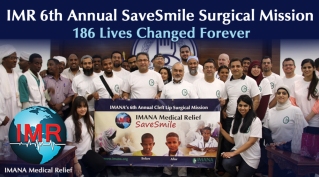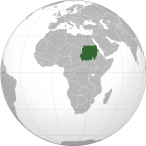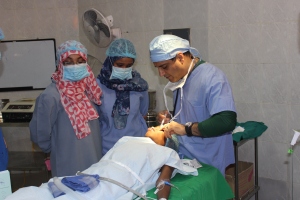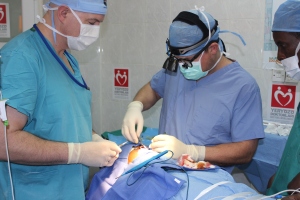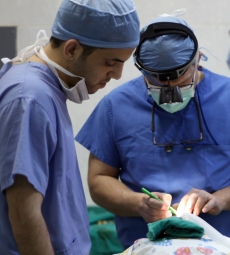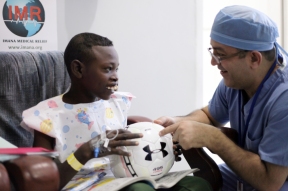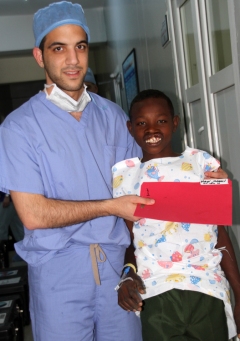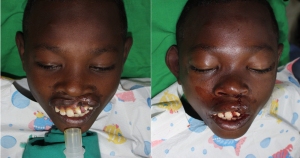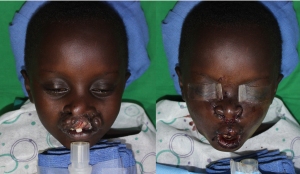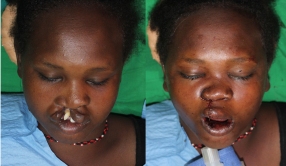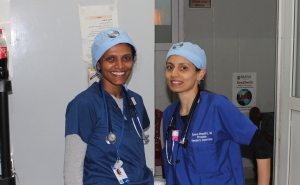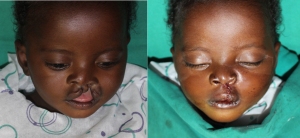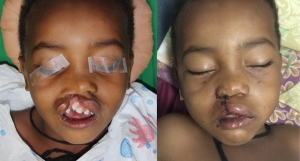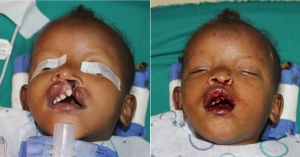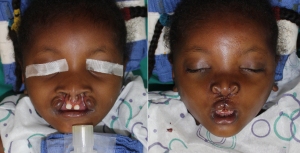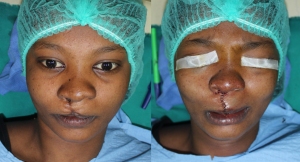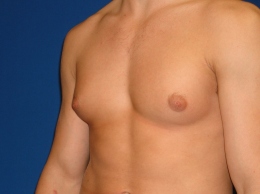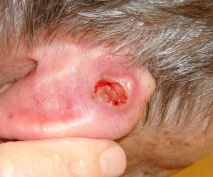Last month I had the pleasure of traveling to Khartoum, Sudan with the Savesmile 2015 team. The group was sponsored by IMANA Medical Relief (IMR). IMR sponsors teams and partners with a number of relief organizations aiding those in need from countries such as Haiti, Bangladesh, South Sudan, Pakistan, Somalia, and Syria.
Sudan is the third largest nation in Africa. As of 2014, the population was estimated at roughly 37 million. Sudan is one of the poorer nations in Africa. Its GDP of 67 billion is 0.3% of that of the United States. According to the United Nations Development Programme, roughly one fifth of the population lives on less than $1.25 a day. Decades of civil war and international sanctions have left the country with a multitude of needs.
This was the sixth consecutive year the team has traveled to Sudan. I joined the team previously in 2012. We were in the capital city of Khartoum for one week. During the week, it was great to make new friends, and to see some old friends who I had kept in touch with since the last trip. This trip focused solely on cleft lip and cleft palate repair. The patients I operated on ranged in age from six months to 43 years old. The patients came from nearby, as well as from small villages located hundreds of miles away.
Our team consisted of doctors, nurses, and volunteers from all over the United States. In addition, we were also joined by a team from Turkey. Each team member played a vital role. We operated five days and did a total of 186 cases. All of the procedures were done at a dental teaching hospital in the center of Khartoum. On most days, we were surrounded by dental students and young oral surgeons in training. All seemed eager to learn and assist in surgery.
I always find trips such as these to be one of the more rewarding aspects of being a plastic surgeon. Some of the cases are quite challenging, but the sense of accomplishment is hard to beat. Frequently, I am asked why cleft lip and palate deformities seem to be so much more prevalent in the developing world. Although there are differences among ethnic groups, for the most part, this particular congenital deformity does not occur any more often in poor countries than it does in developed countries (roughly 1/700 live births on average). However, in poor countries, patients cannot afford to have the problem fixed. Another major issue is the lack of adequately trained plastic surgeons in the developing world. Millions of patients are forced to live with a cleft lip and/or palate, while in the developed world patients are universally treated very early in childhood.
It seems there are always several patients that make a more lasting impression. The first patient was 13 y/o Mohamed. He had an engaging personality, an infectious smile, and he just couldn’t seem to stop talking. Prior to surgery, he nodded off murmuring of ice cream, I think. He had previously undergone repair a year ago. According to his father, he fell two weeks after his surgery and disrupted the surgical repair. I tried to imagine how disappointed he and his parents must have felt. Fortunately, he was given a second chance.
Another memorable interaction occurred on our fourth day of operating. It was an extremely busy day where we operated to nine o’clock at night. Sometime that afternoon, I was preparing for a quick coffee break when I heard a child crying inconsolably. He was sitting the hallway outside of the operating rooms where the patients waited for their surgery. He was obviously frightened to death. Without saying much, I picked up the 5 year old child in an attempt to console him. It was sort of a reflex reaction, presumably just something dads do. While I walked the young boy back to the room, I just told him it was going to be okay, and that we would take care of him. Of course, he did not understand a word of English. Still, my tone seemed to relax him, or it at least calmed him down enough to let the medications start to work. Before long he was asleep. His case ended up being one of the more challenging ones I did that week. He had a wide bilateral defect that had been operated on previously, and the repair had come apart. He had been left with a severe deformity with lots of scar tissue and distorted landmarks. In the end, I was pleased with the result, and really felt fortunate for the opportunity to help this young child.
The final patient was a 17 y/o female name Aaysha. As you might imagine, she was quite timid and self conscious. I wondered what sort of harassment she had endured. I pondered if, after surgery, she would someday be able to marry and have a family of her own.
This was the first trip I had been on as a father. I really missed my wife and kids after not seeing them for a week. Fortunately, I was able to communicate with them through texting, and we even managed one midweek video phone call. I sincerely appreciated the sacrifice my wife made in allowing me to be away for a week.
I would like to say thank you to those who helped out by providing financial support. Also, I especially would like to say thank you to the team members who helped to flawlessly plan this trip, and to our fearless leader Dr. Ismail Mehr.
Finally, it is definitely not too late to make a donation to help support this year’s effort. Online, tax-deductible donations can be made here.
Here are few more before and after photos:

